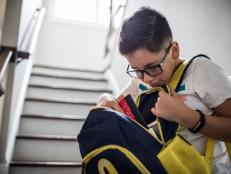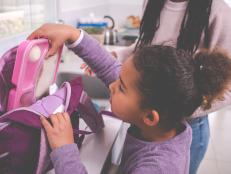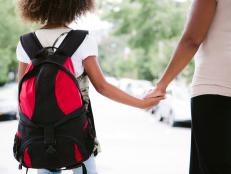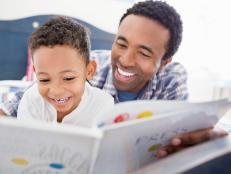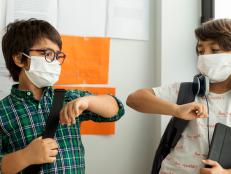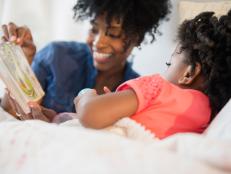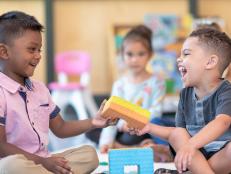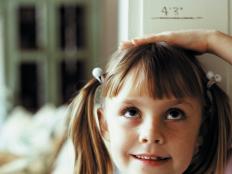How to Mentally Prepare Your Kids for School After An Unusual Year
Cast away their anxiety and set them up for success.

Shop This Look
Tips for Mental Preparation
Back-to-school season is approaching fast. As you prepare to transition back into your normal routine, ridding yourself of the stress and anxiety from the pandemic isn’t an easy feat — especially when it lingers in your kids. During the pandemic, kids adapted to virtual and hybrid learning, so preparing them for a more "normal" in-person school year is an important step before the season begins. According to Kim Henderson, a licensed psychotherapist and certified transformational life coach, young kids thrive off of routine, and getting acclimated back into the classroom can require an extra push from parents.
"It’s not a one size fits all approach for them," Henderson says. "I do anticipate that there will be some questions about safety, what that routine looks like with the teachers, and what is expected of them with their coursework."
With Henderson’s expert advice, here are tips to mentally prepare your child for the school year.







